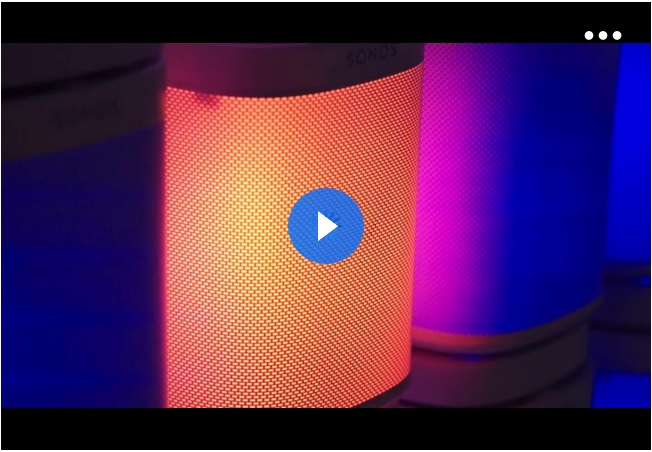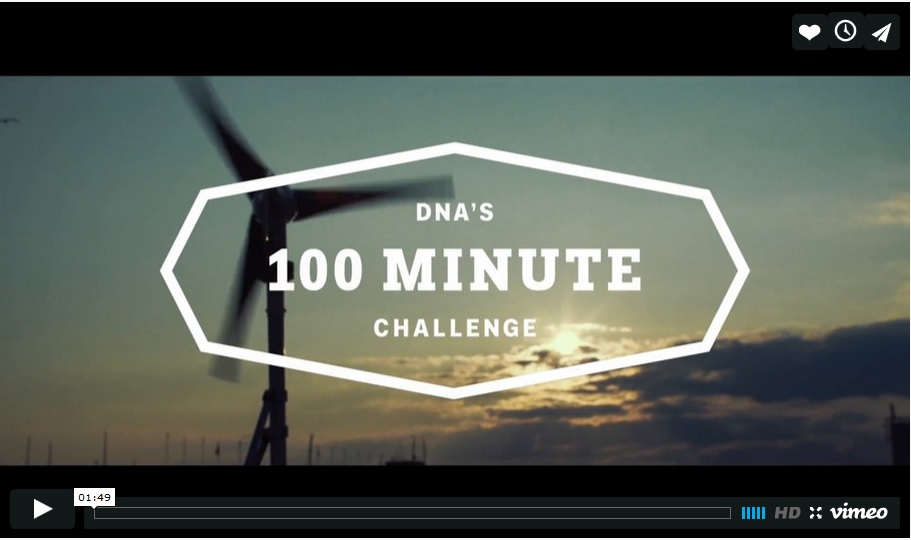
BEO: I’ve heard many interesting things so far at Eurobest but also had the impression that the subject of measurement is not being discussed a lot here this year. Why do you think that is?
Ami Hasan: Now that data is playing a bigger and bigger part of the marketing industry, I think it will be discussed more in the future. But for advertising agencies, the measurement goals actually come from the brief. Besides that, we do a lot of studies to try and understand why people are not buying certain things. I think the mistake that a lot of companies make, is that they collect their data by doing research among their users. But the potential also lies in the non-users. There is a reason why people are not buying and you should try to understand and solve that, by doing your own in depth research besides the goals and the insights from your client’s brief.
BEO: Is a „Like“ really a reliable source to measure the success of a brand’s content? How much involvement is there behind a “Like”?
Ami Hasan: Not much. And people tend to “like” things that their friends post, even when they don’t like the content at all – to show sympathy for example.
A Facebook “friend” is not always a real friend either. Let’s say that to call someone a real friend, you maybe meet or talk with him/her minimum once a month. I think I have well over 1.500 Facebook “friends”, which means I would have to meet one of my friends 1.500 times/month or 18.000 times/year. That is almost 50 meetings or phone calls/day. Impossible.
BEO: So how do you measure the success of your projects then?
Ami Hasan: We have Hasan & Partners in Helsinki and Stockholm, and we have Perfect Fools in Amsterdam and Stockholm and then Frankly Partners in Helsinki. Frankly Partners is sort of a media agency that doesn’t buy media, but they do a lot of research and segmentation. So when we want scientific results, they measure on most campaigns we do. At the same time, the clients then measures sales results and we look for correlations between them.
For example: Perfect Fools have worked on a project for Sonos in New York: “Sonos Sounds of NYC”. It got a lot of press, so media impressions can be measured here. But to me, the proof of success was the number of people that watched the case video of the Sonos experiment on YouTube, there were much more than those who watched the 30second TV commercial on YouTube.
In the end, people want to be surprised and entertained. And we can offer this entertainment to them, by using our toolbox, which is the whole range of people’s emotions. To click on “Like” is not an emotion, but being happy or sad is an emotion, and you can’t really measure these.
BEO: So how do you get feedback on these emotions?
Ami Hasan: We track the brand image of the client by doing for example focus groups or quantitative studies on a yearly or six months basis. This way, we can measure the responce of his or her emotions.
BEO: Another term that we have not heard here so far is transmedia storytelling. Is it because the concept of it is “old news” in the business of marketing and communications nowadays?
Ami Hasan: I would say that transmedia is such a large part of what we do these days. And I can’t remember how many years or decades ago a client would walk into an agency and say: “My problem is this, and the answer is a TV-ad.” Now, the client tells us their problems and we try to engage with their target group on many different levels and channels. A few years back, people spoke about 360 campaigns. Now, it’s more about 365, as 365 days of the year that we have to try and steal a bit of the target group’s time. If we succeed, we will of course have to give them something back in return. Something that they think is worth their time.
BEO: How did you do this in the case of the “DNA’s 100 Minute Challenge”?
Ami Hasan: Actually it was a typical stunt that generated loads of PR. It was shown on their website, on Facebook and so on, but the main thing was to get it into the news and then showing it on YouTube for people to see and share it. Content-wise, we really focused on this one stunt.
BEO: So in a case like this, when telling a story, at what time are you thinking “digital” and at what time are you thinking “live”?
Ami Hasan: Well, to me it’s like this: I think that there is no more difference between digital and non-digital, offline and online – because if you put yourself in the shoes of the consumer, he doesn’t care if a project is delivered in digital, analogue or print, because it’s about the content. Now and then you can see campaigns that are too focused on gadgets, the content not being interesting at all. The consumer is only interested in the convenience in consuming interesting content, no matter how we offer it to him.
BEO: Looking into the future, what will you have to work on as an agency to adapt to upcoming changes in consumer behaviour or technologies?
Ami Hasan: The history of Finnish advertising tells that in 1949 there was a new media invention, which was electronic and so exciting that everyone expected more and more of the client’s advertising budgets going into that media. Some agencies even started specialising in that media. Do you know what it was? It was neon signs. And this has always been happening. For everything new, there will be preachers who will say that this or that will kill Facebook or print. But in the end, we will have to see what we want to adapt to and what not to. Also, the big changes take a long time, so we can also take the time to adapt along the way. Naturally we need to understand the new technologies, but it is even more important to understand human behaviour.
BEO: I have heard a lot of people talk about the trend, in which we will probably go back to our roots in all kinds of domains, be it habits, communications etc… What do you think about that?
Ami Hasan: I absolutely think so. They call today “the digital revolution”. And to me it’s going backwards. It’s sitting again together in the same room instead of talking to each other on our mobile phones. It’s so much richer. What I will talk about today in my speech is the basics, the content and the emotions and these are the real important things.
BEO: What is the inspiration or the insight from Eurobest that you will take home with you?
Ami Hasan: The first thing comes from observing the cases and the work we have studied in the jury. In the end, it’s very hard to categorize, because it is hard to determine what is direct, what is activation etc. I have also seen that you can do big and interesting things and projects without a lot of money. Another thing is that there are a lot of advertising people here at Eurobest but not a huge amount of clients. If the clients were here, we would have a lot more shared reference points and examples when figuring out where our next common project will go. I would love to see more clients at the next Eurobest. And what you get out of it is absolutely worth it, because you get inspiration and a better understanding of the market. One thing I realised is that CEO’s don’t really have the time to spend three full days on a conference on Marketing, so we organised a breakfast seminar for them, so that they also get their possibility of insights.
BEO: Where are Perfect Fools and Hasan & Partners headed in the future?
Ami Hasan: What we try to do by combining Perfect Fools and Hasan & Partners, is to work on bigger projects, in the sense of more global than local projects. I also talk to a lot of young people who have start-ups and their attitude is “if you can’t make it global, why bother in the first place?” One of their worries is that they don’t have the knowledge and the possibilities to market their projects. And this is something we can do for them and where we can help them.
We have also opened up our own video production house within the agency, because more and more content on the internet and mobile platform is video content and we want to offer the whole range of services that our client needs in this business. This way, we can operate much quicker and efficiently than before. We have also hired people who are specialised in the PR for the projects and clients we work on.
BEO: It seems like the future of branded content looks promising, if agencies are working on performing better in this field by optimizing the management process.
Ami Hasan: Actually, I think it does. But I believe in integrated communication, and people should not work on silos specialising in offering Branded Entertainment, but be able to offer all the possibilities of communication the customer needs. Your offer should always be based on consumer insights and the strategy, not a specific instrument.
BEO: Thank you very much, Ami, for your time.
Foto: Hasan & Partners
BEO-Autorin: Sophie Berke


